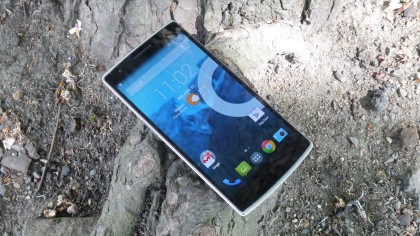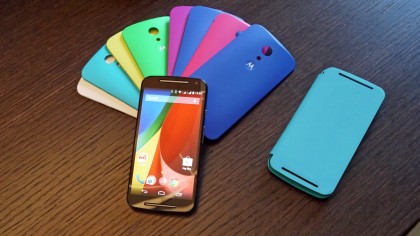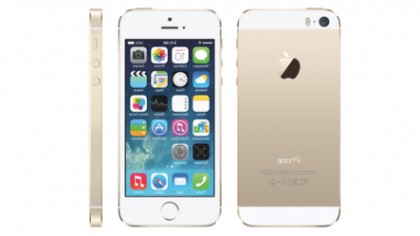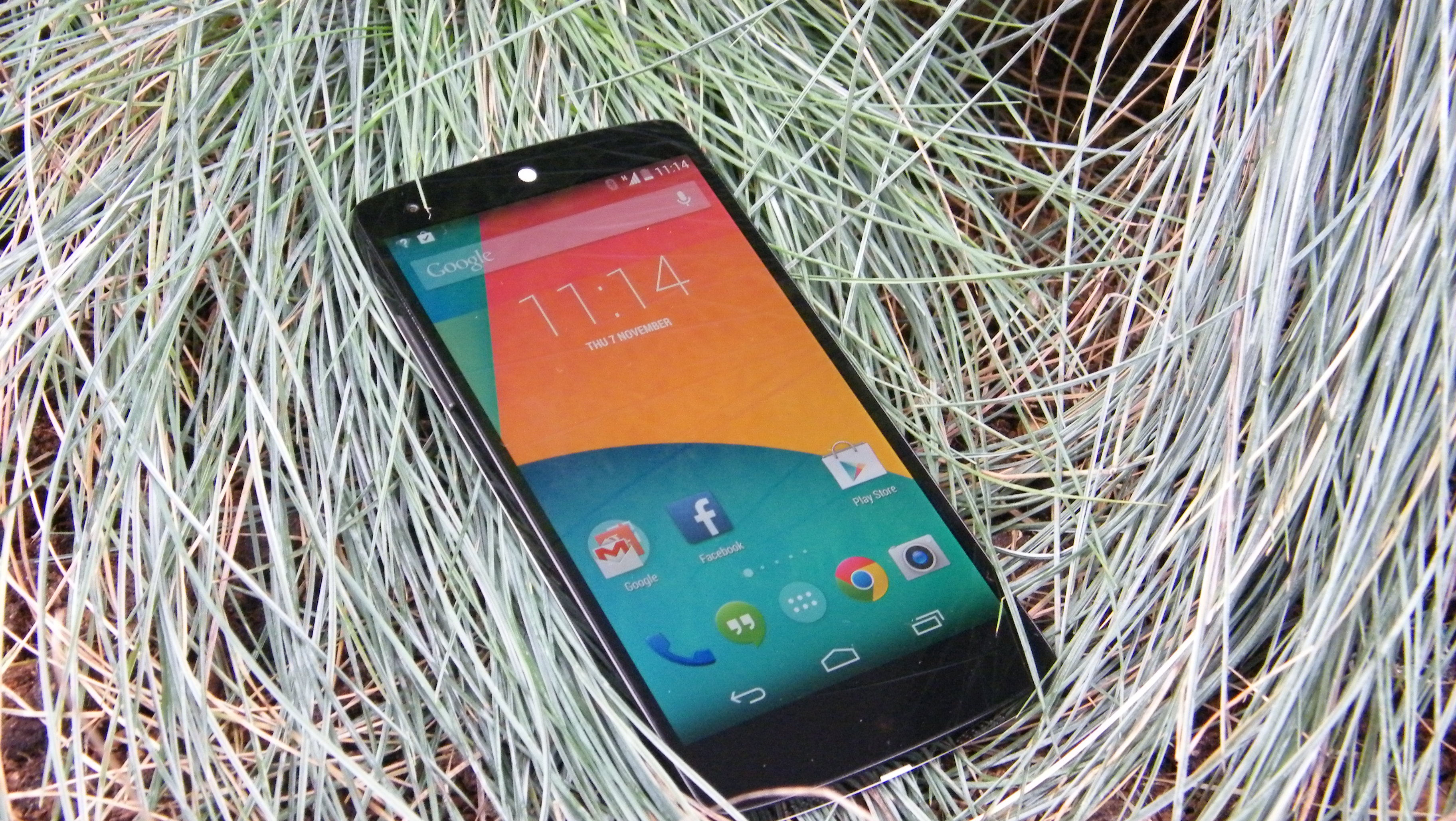Why you can trust TechRadar
It's becoming debatable whether other Android device manufacturers, building unique user interfaces, and including their own apps and content hubs, can actually improve on what Google is offering, especially as Lollipop is such a beautiful and well equipped operating system.
In the early days of Android, HTC's Sense and Samsung's TouchWiz added important features. With Android 5.0 it's tough to find areas where the platform is lacking. Let's take a look at how the Nexus 5 compares.
OnePlus One
The biggest competitor to the Nexus 5 arrived a good six months after it launched, and it came all the way from China.
The OnePlus One beats the Nexus 5 when it comes to pricing, but also in the spec war with a meaty 2.3GHz quad-core Snapdragon 801 processor, 3GB of RAM, the choice of 16GB or 64GB of storage and a 13MP rear camera.
Some may find the 5.5-inch full HD just too big to handle on the One, and there's no doubt the Nexus 5 is far more manageable in the palm - but it also lacks in power.

Battery life is another advantage the Chinese handset has over Google's offering, yet the operating system is intriguing.
The OnePlus One runs Cyanogenmod - a community developed version of Android which looks pretty similar to the stock version, but with lots of added extras.
These aren't the extras you get with over the top UIs from the likes of Samsung or HTC though, instead they are implemented in a more subtle fashion and the wealth of extra control allows you to get your phone working just how you want. You can also now optionally replace the UI with OxygenOS.
Of course there are question marks over the support for the handset if things go wrong, and it's a little tricky to get hold of, but if you're looking for ultimate power vs value for money the OnePlus One offers just that.
- Read our in depth OnePlus One review
Motorola Moto G (2014)
If you're really watching your pennies and are looking for the best value for money smartphone you can't do much better than the Motorola Moto G (2014)
It may not have quite the same levels of specs and features as the Nexus 5, but it still rocks the same vanilla Android KitKat OS, with the Lollipop update already rolling out in some areas. It is also half the price of Google's smartphone.
You get a 5-inch 720p display, 1.2GHz quad-core processor, 1GB of RAM, 8MP rear camera, 2MP front snapper and the choice of 8GB or 16GB of internal storage with the Moto G. There's also a microSD card slot too, for adding more storage.

There's no 4G on the Moto G (2014), so it's not the device for you if you're looking for super-fast data speeds.
The Moto G is great then for someone looking for a cheap, but still highly functional smartphone which isn't going to be used a great deal for high-def video gaming or movie playback.
- Read our in depth Moto G (2014) review
iPhone 6
You could argue that the Nexus 5 is the device Google hopes will try and entice iPhone 5S users from upgrading to the iPhone 6. While the Nexus 6 is meant to go up against the iPhone 6 Plus.
There are no conflicts. It is as close as you can get to Google's version of Apple's walled garden.
It also manages to feel more minimalist than the iPhone, and there's very little between them when it comes to accessibility or ease of use. The mud traditionally slung at Android from the parapets of competing platforms like iOS 8 simply can't stick to the Nexus 5.
Considering that the 16GB model of the iPhone 5S is still more than £150 more expensive than the Nexus 5 and the iPhone 6 is more than double the £299 price-tag Google slapped on its 2013 flagship, there are plenty of reasons to take it seriously.

The iPhone 6 has a 720p, 4.7-inch display, still smaller than the 1080p 5-inch panel on the Nexus 5. Battery life and camera ability are easily better on the iPhone 6, but the Nexus does pack double the RAM, with 2GB.
If money is no object then the iPhone 6 might be for you, but the Nexus 5 is far better value.
- Check out our iPhone 6 review
